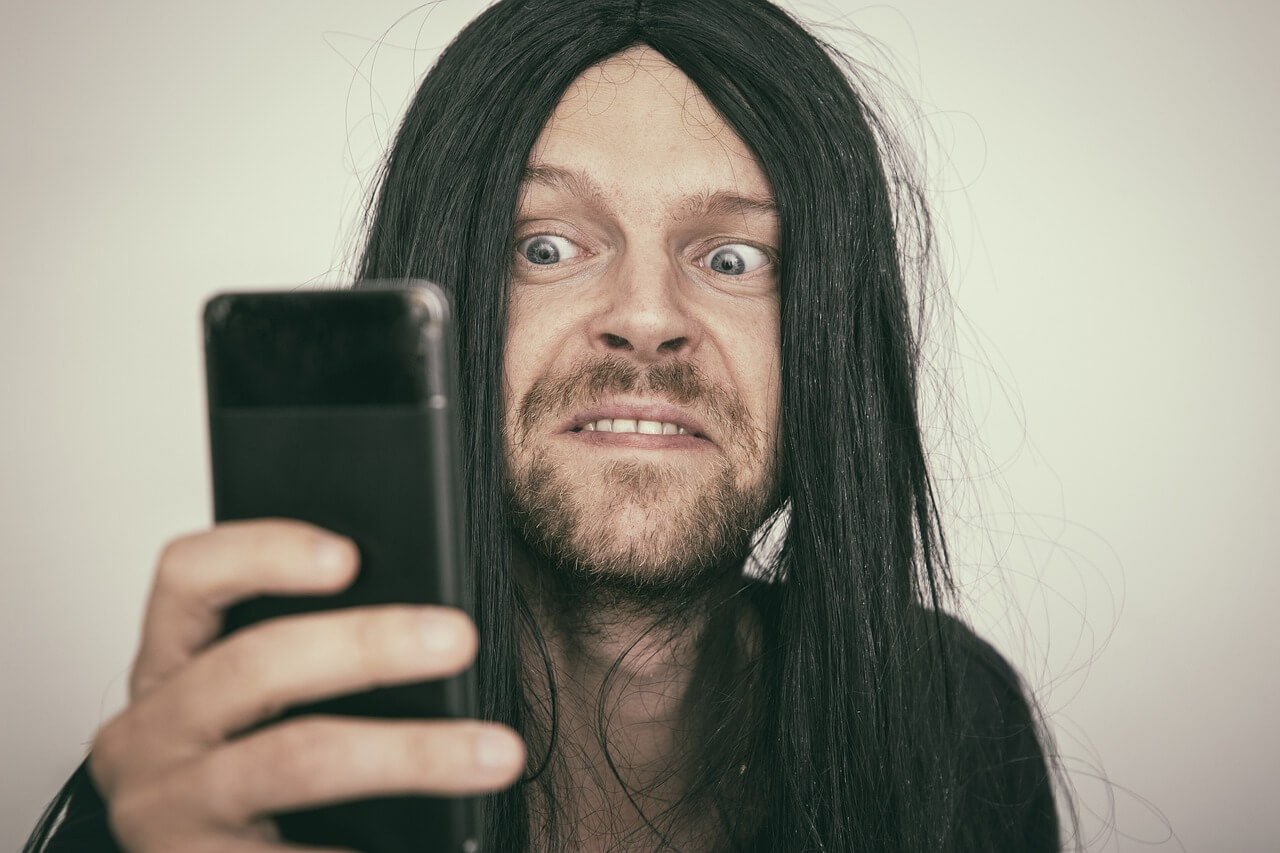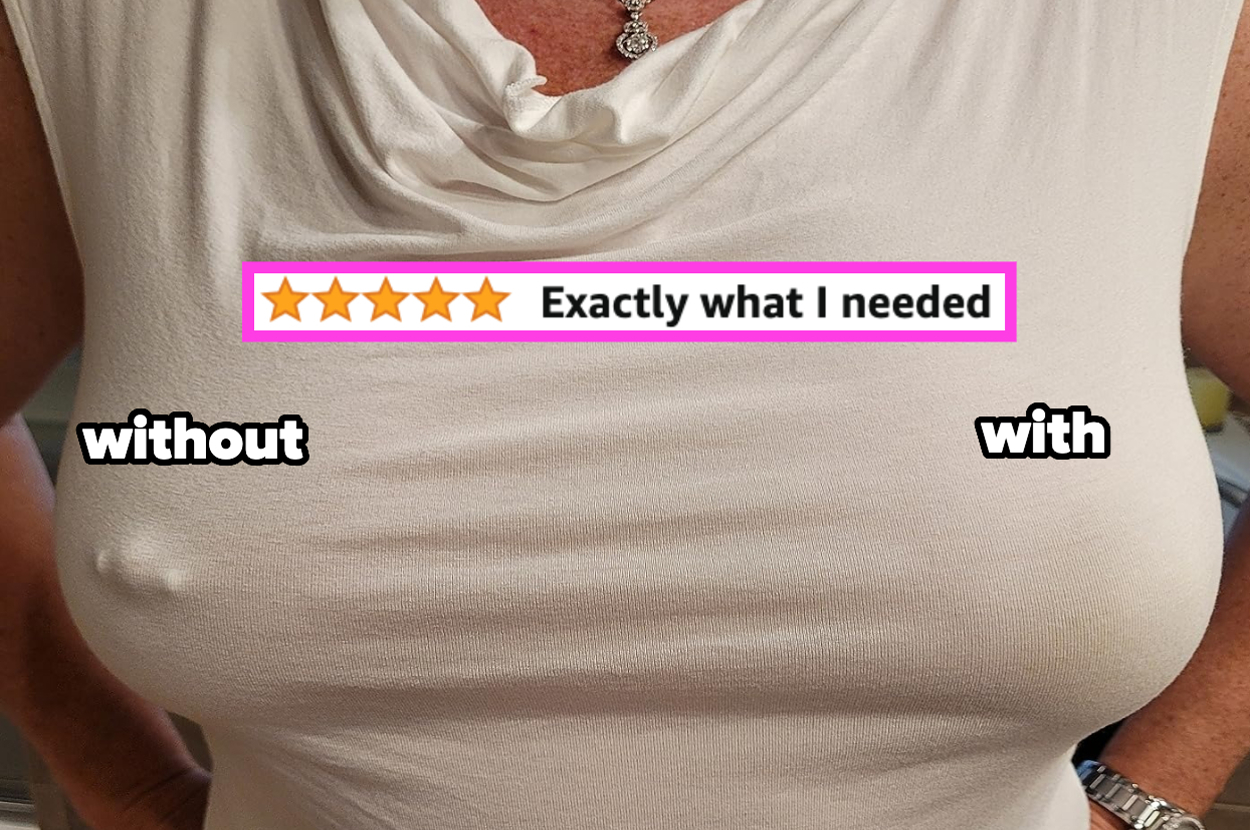from the enjoy-your-EyePlus-membership! dept
What is “plain view?” Cops claim it’s anything anyone could see if they happened to be in the same place at the same time, including those moments when citizens deploy their own air force. Force your way into the house under the “community caretaking” exception to the Fourth Amendment? Anything out in the open is yours to deem criminal evidence. Peek through the windows of cars you’ve pulled over for pretextual reasons? Anything readily visible can provide after-the-fact reasonable suspicion to perform a full-blown search.
So, officers have options. But, up until this decision, they mainly needed to rely on their own, physical, lodged-inside-their-skulls eyes. That physical restriction no longer exists. A federal court has decided that because everyone has a smartphone these days, cops should be allowed to utilize smartphones to perform “plain view” observations they couldn’t physically do with their own eyes. (h/t Orin Kerr)
The operative Supreme Court precedent is the Kyllo decision, released in 2001 — well ahead of smartphone ubiquity. In that decision, the Supreme Court ruled that portable thermal imaging hardware was so far ahead of the tech curve, it could not be considered something the general public was readily aware of.
That rationale factors into this decision, which finds that camera tech included in readily-available smartphones erases the line between what can be observed with physical eyes and digital eyes. The federal court somewhat acknowledges it’s treading on new ground with this decision, but forges on to side with the government where the law remains unsettled.
This is how the decision [PDF] opens:
This is a case that arises at the intersection of the Fourth Amendment and the technological capabilities of an Apple iPhone. The defendant Christopher Poller allegedly stashed two guns and illegal drugs on the front seat of his car. He parked the car on a road in front of his apartment and then went inside. Because the windows of the car were heavily tinted, he probably thought no one could see inside. But he was mistaken. The police came along and—by holding up an iPhone to the window of the car and activating the iPhone’s camera viewfinder function—they could clearly see the guns and drugs inside the car.
To wit:
During some apparently routine surveillance, officers observed Christopher Poller enter a multi-unit apartment. The cops apparently recognized Poller as someone with an outstanding warrant. Officers surrounded his car (Poller was apparently not in it at the time.) The windows were tinted (but apparently not illegally tinted). The door was locked. So what, said one of the cops. Enter the iPhone.
Another detective then held up an iPhone and said: “Hell, yeah. Watch this.” He then placed the phone on and near the passenger-side windows of the car. Using the iPhone’s camera viewing function the detective could see through the tint into the interior of the car. The detective then said aloud that it looks like there are “two 15s” in an apparent reference to two firearms that were wedged between the front seats and center console.
Hmm. Seems like law enforcement might want to be more proactive in their anti-auto-break-in efforts now that anyone can see whether there’s anything of value in locked car before deciding whether it’s worth the effort to escalate. But this isn’t about cops discovering tech might give some criminals an advantage. This is about cops discovering that something readily available to any iPhone owner gives them an advantage.
Using what the digital eye had observed, investigators obtained a search warrant for the car. Poller moved to suppress the evidence, claiming that the enhanced capabilities of the iPhone exceeded what’s normally considered to be in “plain view.”
As the court sees it, once something becomes accessible to everyone, it can’t punish cops for using it. Referring to the 2001 Kyllo decision cited by the defendant, the court says this:
He relies on Kyllo v. United States, 533 U.S. 27 (2001), in which the Supreme Court ruled that under certain circumstances law enforcement’s use of advanced technology may violate a person’s reasonable expectation of privacy. The law enforcement officers in Kyllo suspected that someone was using high-intensity lamps to cultivate marijuana inside a home, and so they stationed themselves in a car across the street and used a mobile thermal imaging device to detect heat signatures that were emanating from the walls of the home.
The Supreme Court ruled that this constituted a search for purposes of the Fourth Amendment because law enforcement used technology that was not in general public use and because the technology allowed law enforcement to learn details about what was occurring inside the home.
In response, the court notes two things. First, this was a car parked in public, which lowers the privacy expectations. Second, and more importantly, it says the tech used by the cop with the iPhone was “in general public use.”
In short, the use by law enforcement of technology that is in general public use does not without more—violate a person’s reasonable expectation of privacy. No doubt some people may be surprised to learn that the ordinary camera function of an iPhone can be used to see through the tint of car windows. But the relevant inquiry under Kyllo turns on whether the technology is in general public use, not whether one may be surprised that the police have used commonly available technology for investigative purposes. Accordingly, the detectives did not violate Poller’s reasonable expectation of privacy by using an iPhone to see through the tint of the windows on his car.
And that is likely the correct conclusion. While iPhone users may not be aware this function allows them to peer through tinted windows of parked cars (most likely because most users have never considered peering through the windows of parked cars), it is a feature readily available to anyone with an iPhone.
But I think courts should bear in mind decisions like these when law enforcement wants to hide things from the public by redacting info or engaging in ex parte submissions. Consider the lowly Stingray. Cell site simulators have been part of the public conversation for nearly 15 years and still the FBI is telling prosecutors to drop cases rather than discuss this supposedly super-secret tech any member of the public can build with off-the-shelf parts.
The same goes for discussions of national security. A decade of leaks has exposed the inner workings of this nation’s surveillance programs and yet courts still pretend we’re not allowed to be part of the conversation because these publicly discussed programs are still too “secret” to be considered public knowledge. If the government wants to use consumer tech to enhance its capabilities, great. But it shouldn’t be allowed to claim the stuff it does is too secret to discuss in court when it’s been discussed by major news outlets for years.
Filed Under: 4th amendment, kyllo, police, search, tinted windows
Source link










Leave a Reply